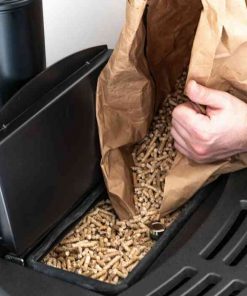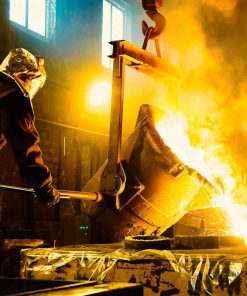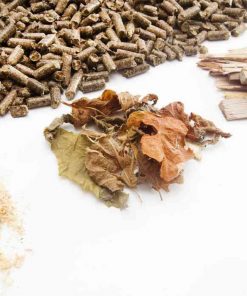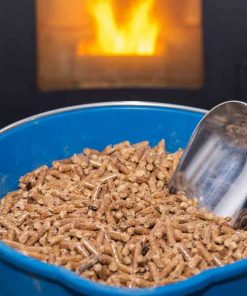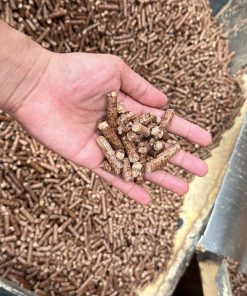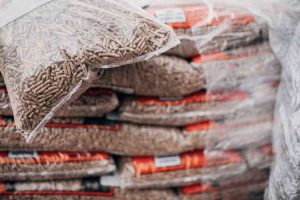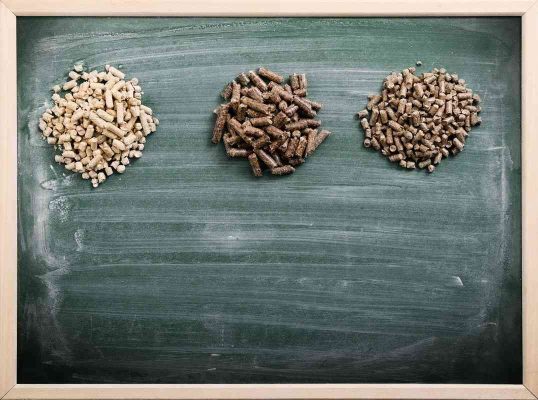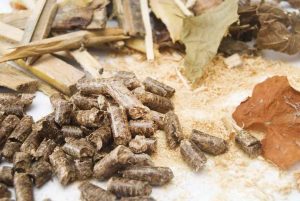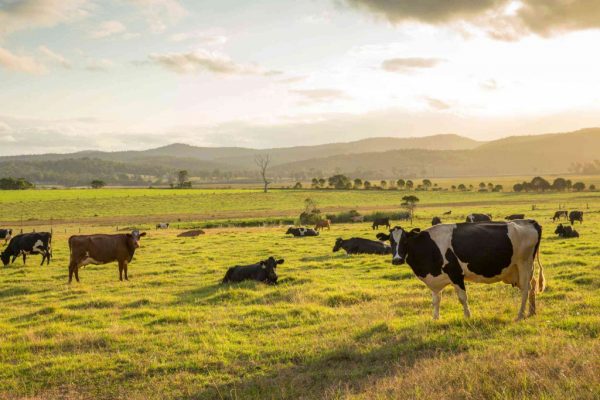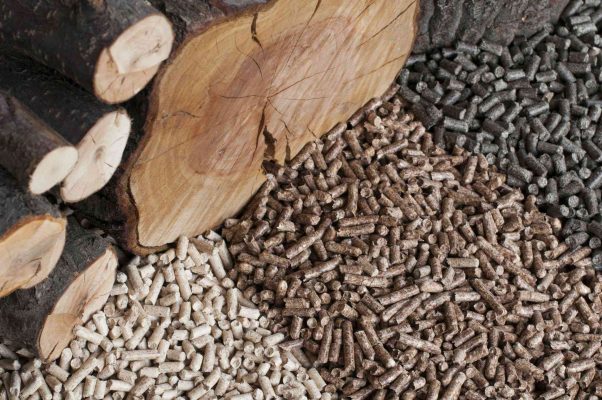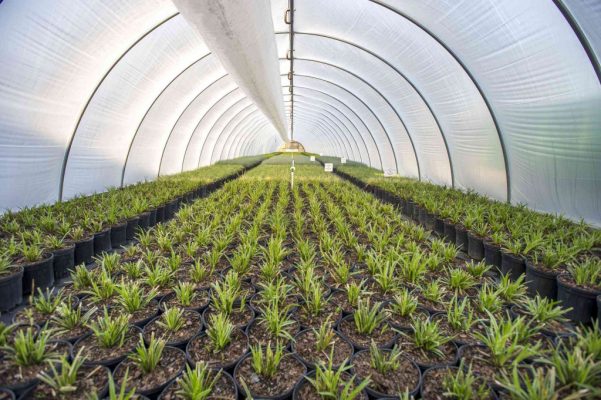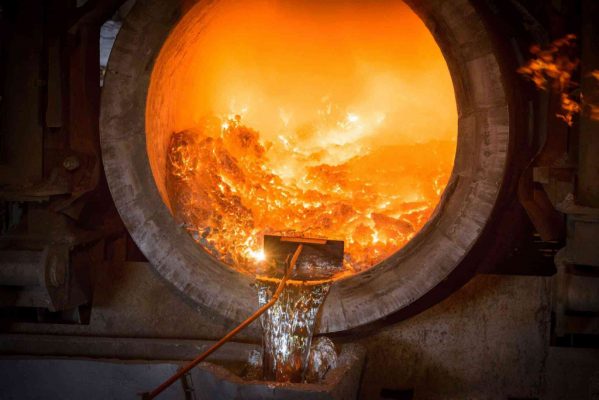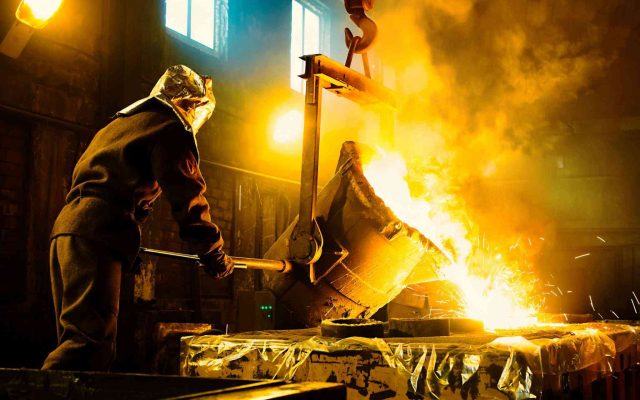Welcome to our Shop
We introduce you to our wide selection of high-quality wood pellets. Our store offers a range of options, from softwood to hardwood pellets, so you can find the perfect fit for your heating needs.
We understand the importance of choosing the right type of fuel for your home or business, which is why we only offer the best quality wood pellets. Our pellets are made from sustainably sourced wood and are carefully crafted to ensure optimal heat output and efficiency. Thank you for choosing our shop for your wood pellet needs. We’re confident that you’ll find the perfect pellets to keep you warm and cozy all winter long!
Browse products
Wood Pellet
Improved indoor air quality
Biomass fuels produce fewer particulate emissions than traditional fossil fuels, which can improve indoor air quality.
Reduced carbon emissions
Biomass fuels are considered carbon-neutral, meaning that they do not add to the amount of carbon in the atmosphere.
Efficiency gains
Biomass fuels can be less expensive than traditional fuels, such as oil or propane, which can result in cost savings for the user.
Latest news
Frequently asked questions (FAQs)
Wood Pellet
Made form wood, substitute for traditional heating system.
Wood pellets can last for several years if stored properly in a cool, dry place. The lifespan can be affected by factors such as moisture and exposure to sunlight.
Hardwood pellets are denser and produce more heat, while softwood pellets are lighter and produce less ash. The choice between hardwood and softwood pellets depends on the application and personal preference.
Calorific value, also known as heating value or energy value, is a measure of the amount of heat released by a fuel when it is burned. It is usually expressed in units of energy per unit of mass, such as joules per kilogram (J/kg) or kilocalories per kilogram (kcal/kg).
For example, the calorific value of wood pellets is typically between 4.5 and 5.5 kWh/kg. This means that when one kilogram of wood pellets is burned, it will release between 4.5 and 5.5 kilowatt-hours of heat energy, depending on the specific type and quality of the pellets.
Calorific value is an important factor to consider when selecting a fuel for heating or energy production, as it can affect the efficiency and cost of the system. Fuels with higher calorific values generally provide more heat energy per unit of fuel and may be more efficient, but they can also be more expensive to purchase.
Albasia (Albizia falcataria) is a fast-growing tree species that belongs to the family Fabaceae. It is native to Southeast Asia, particularly Indonesia, Papua New Guinea, and the Philippines, and has been introduced to many other countries in the tropics, including Africa and South America.
Albasia is widely cultivated for its timber, which is used for a variety of purposes, such as furniture, construction, paper pulp, and plywood. Its wood is light, soft, and easy to work with, and has good strength and durability properties. Albasia trees can grow up to 30 meters tall and have a straight trunk with a diameter of up to 80 cm.
In addition to its economic importance, Albasia also has ecological benefits, such as soil conservation, erosion control, and carbon sequestration. Its leaves and bark can be used for medicinal purposes, and it is also used in traditional cultural practices.
Buyers should look for certifications such as the Pellet Fuels Institute (PFI) or the ENplus Standard, which ensure the quality and consistency of wood pellets.
Wood pellets have a lower carbon footprint compared to traditional heating fuels, as they are a renewable energy source. However, the sourcing and transportation of wood pellets can have negative environmental impacts if not done sustainably.
Calorific value and kcal (or kilocalories) are related but different concepts. Calorific value is a measure of the amount of heat released by a fuel when it is burned and is typically expressed in units of energy per unit of mass, such as joules per kilogram (J/kg) or kilocalories per kilogram (kcal/kg).
On the other hand, a kilocalorie is a unit of energy equal to 1,000 calories, and is commonly used to express the energy content of food. For example, when you see the label on a food product that says it contains 100 kcal, it means that consuming that food will provide your body with 100,000 calories of energy.
In other words, calorific value is a measure of the energy content of a fuel, while kcal is a unit of energy used to express the energy content of food.
Wood pellets offer several benefits over traditional heating fuels, including lower emissions, higher efficiency, and lower cost. They are also a renewable energy source, which makes them more environmentally friendly.
Made form wood, substitute for traditional heating system.
The ash content of wood pellets can affect the performance and maintenance requirements of the heating system. Higher ash content can result in more frequent cleaning and maintenance.
Wood pellets should be stored in a cool, dry place, away from direct sunlight and moisture. They should be kept in airtight containers to prevent moisture absorption.
Wood pellets can be disposed of in a compost bin or used as a fertilizer for plants. They can also be burned in a wood stove or fireplace.
Wood pellets can be used for grilling or smoking food, but buyers should ensure that the pellets are food grade and not treated with chemicals.
The sulfur (S) content, nitrogen (N) content, and silicon (Si) content of wood pellets can vary depending on the type of wood used and the production process. However, in general, wood pellets have very low levels of these elements.
Sulfur content in wood pellets is typically less than 0.1%, and nitrogen content is typically less than 0.5%. These low levels are beneficial for combustion efficiency and for reducing emissions of sulfur oxides and nitrogen oxides during combustion.
Silicon content in wood pellets is also typically low, usually less than 1%. However, some species of wood, such as bamboo, can have higher levels of silicon. Silicon can contribute to ash formation during combustion, but it can also have benefits for reducing emissions of certain pollutants.
It’s important to note that the precise S, N, and Si content of wood pellets can vary depending on the source and production process. Therefore, it’s recommended to consult with the manufacturer or supplier of the wood pellets for specific information about the elemental content of their product.



